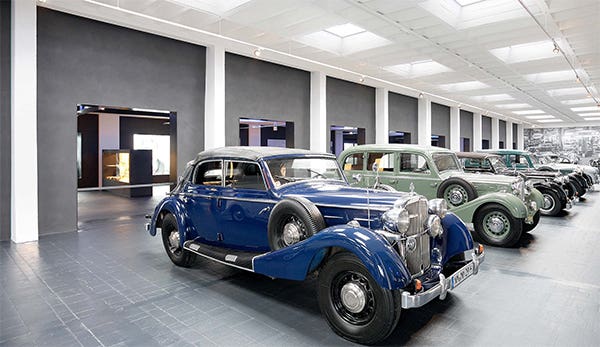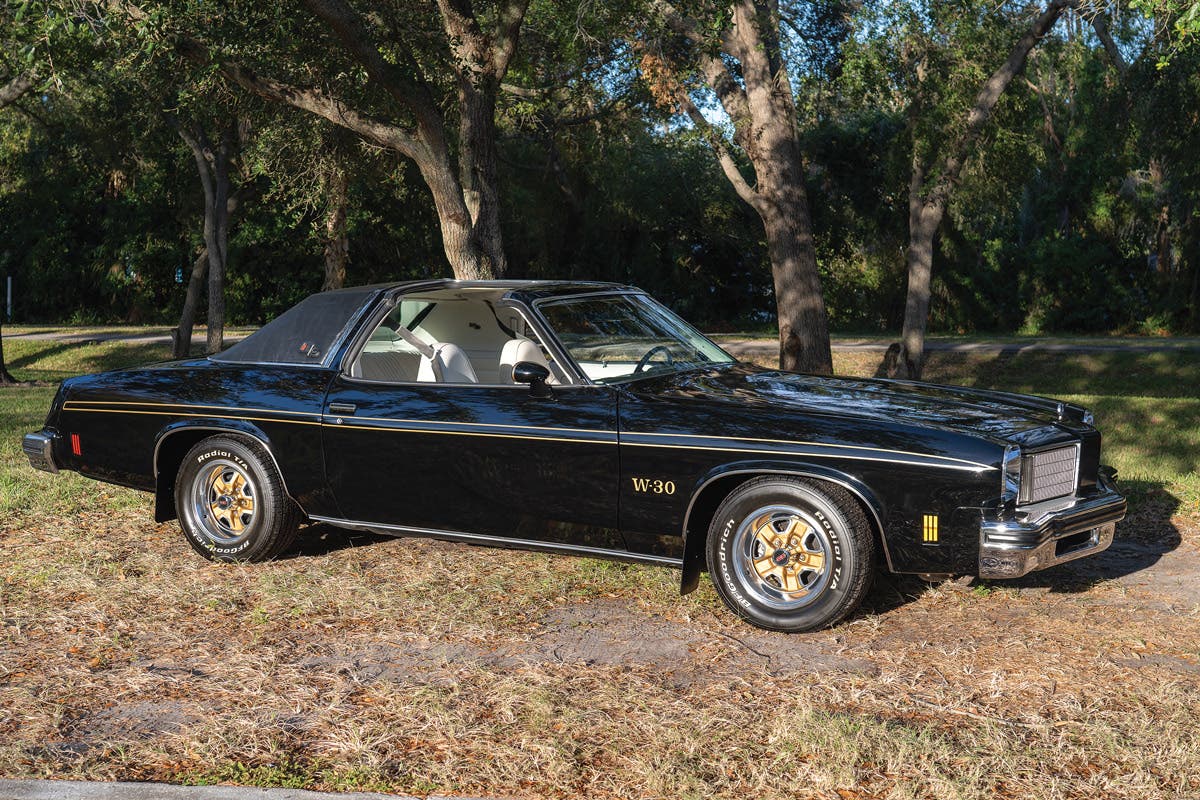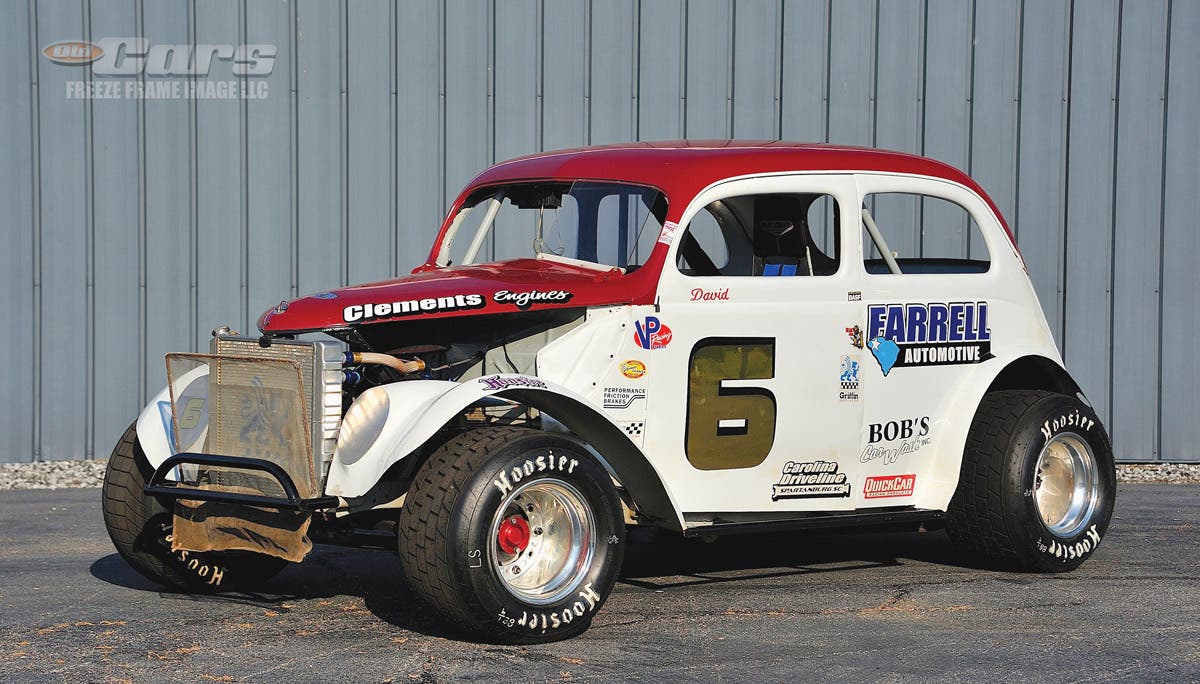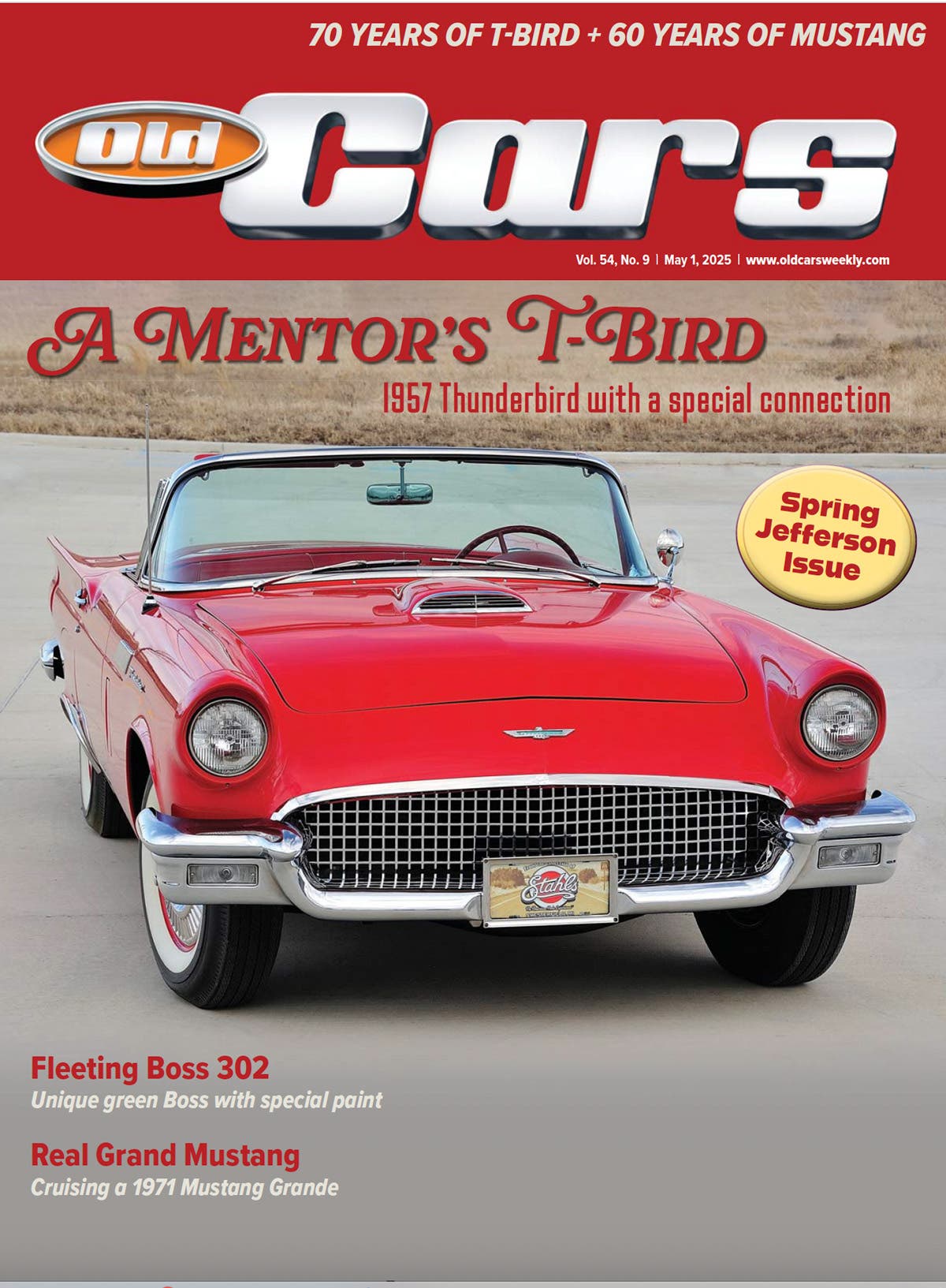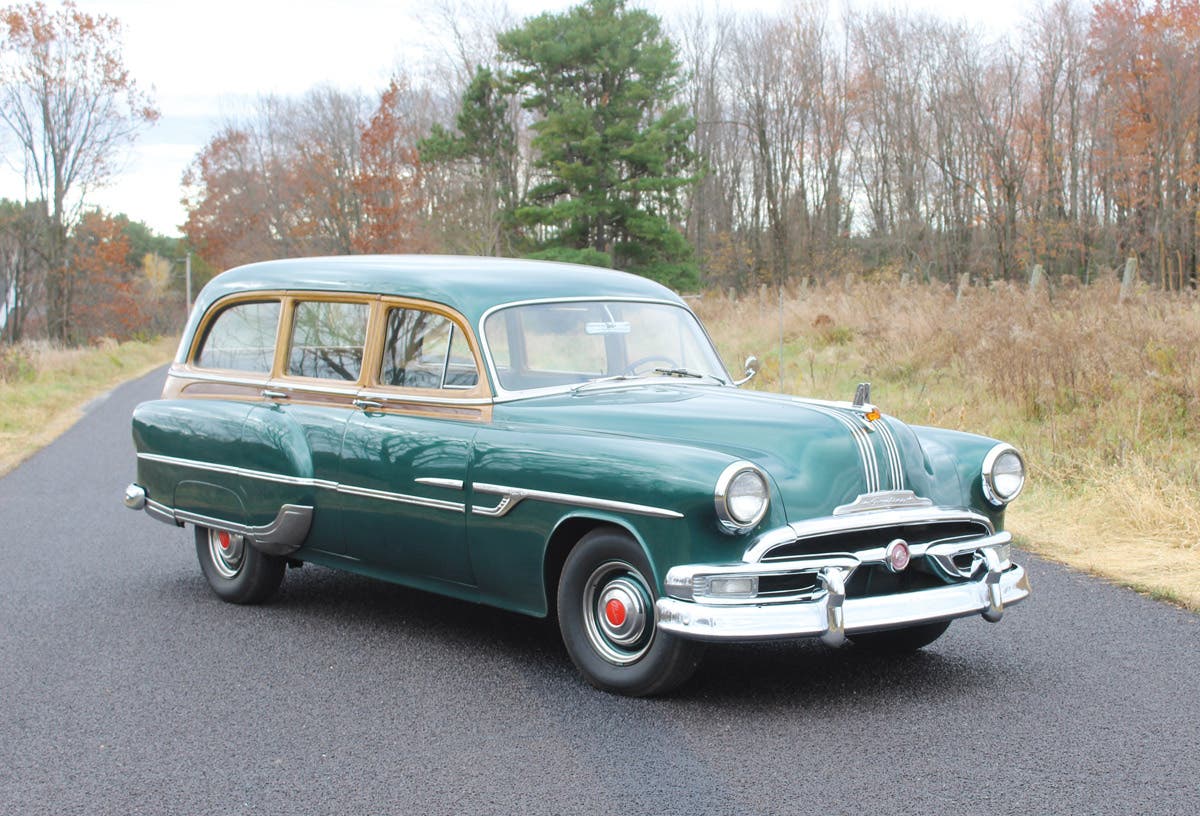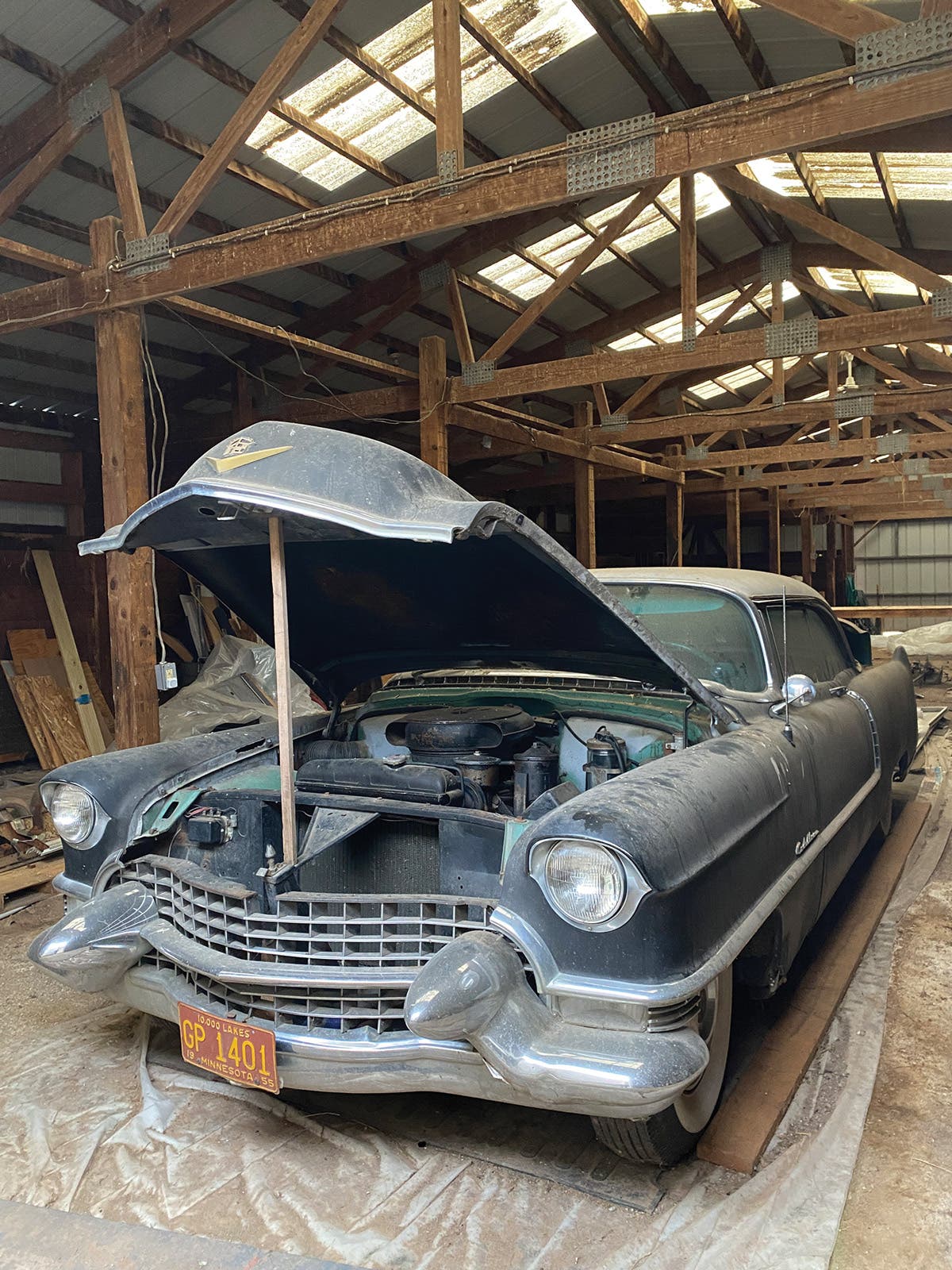Car of the Week: 1965 Pontiac GTO
Bob Gouwens couldn’t buy a new 1965 Pontiac GTO this time around, but he came as close as he could when he picked up his gorgeous 1965 two-door sedan.
Story and photos by Brian Earnest
Bob Gouwens got such a nice GTO the first time he bought one, he almost had to go top shelf again when it was time for a second one.
The Wisconsin Dells, Wis., resident couldn’t buy a new Goat this time, of course, but he came as close as he could when he picked up his gorgeous 1965 two-door sedan. The stunning Slate Mist Blue Pontiac looks brand spanking new, and that’s just the way Gouwens remembers his first car.
“I had a GTO, a brand new ’66, when I was 17 years old. Most people never believe me, but I paid cash for that car when I was 17,” chuckles Gouwens. “And the reason I did was not because I was wealthy, but my dad never let me spend a dime. I worked in his restaurant cleaning and he’d give me a check for $12 every Sunday night at the kitchen table. He’d say, ‘Here’s your check I’ll put it in the bank for you tomorrow.’ And he never let me spend a dime. Consequently, not only did I learn to manage money, when I was 17 I had a enough cash to buy a new car.
“I sold the ’66 when I went in the Navy when I was about 19, so I wanted another one … and I paid about 10 times more for this one than I did for my first one [laughs].”
Gouwens found his ’65 at a Kruse auction in Auburn, Ind., about 15 years ago. In some ways, it was an improvement over his first car, even though it was the previous year’s model and the purchase came about 35 years later. “It’s got a lot of power. My ’66 just had a four-barrel and four-speed, this has the Tri-Power and four-speed,” he said. “It’s fun to dive. At the time I got my ’66 I wanted a ’65, and this time I had the chance to do it. I didn’t buy it on the auction block, but they had it in the car corral and that’s how I found it. I don’t have a lot of history on the car, other than the mechanic who had it kind of specialized in GTOs and he did a frame-off restoration on it. It’s an all-original car.”
Gouwens estimates the car has traveled only about 6,000 miles since its total makeover. “I only drive it to car shows,” he says, “so I’ve probably only put a couple thousand miles on it.”
Gouwens remembered how much fun it was to have a first generation Goat as a daily driver, however, and that greatly influenced his decision when it came time to invest in a hobby car many years later. He was far from the only young man smitten in their teens with one of the great American muscle machines over the era, however. By the time the GTO rolled out for its second year of production as option package on the Pontiac Tempest it had already captured the public’s fancy and ignited the muscle car wars that would rage for the remainder of the decade.
Often regarded by automotive enthusiasts as the first true muscle car, in the sense of being a midsize car with a big-block V-8 engine, the original GTO was not really a model at all. Due to General Motor’s fall 1963 ban on divisional participation in high-performance marketing, Pontiac was prevented from putting an engine with more than 300 cubic inches into an intermediate-size model. That’s why Pontiac’s “Young Turk” executives and an ad man named Jim Wangers snuck the GTO into existence as an extra-cost package for the Tempest LeMans.
Late in October of 1963 the Grand Turismo Omologato package was announced for the LeMans coupe, hardtop and convertible as a $295 option. GTO equipment included a 325-hp/389-cid V-8 with a special camshaft, special hydraulic lifters and 421-style cylinder heads. It had a single Carter four-barrel carburetor. Also included in the option were specially valved shock absorbers, a seven-blade, 18-inch cooling fan with a cut-off clutch, a dual exhaust system, special 6-inch-wide wheel rims, red-stripe nylon low-profile tires, GTO identification medallions, twin-simulated hood scoops, six GTO emblems, an engine-turned dash insert, bucket seats, special high-rate springs and longer rear stabilizers.
Desirable GTO options included a center console, Hurst-Campbell four-speed manual shift linkage, custom exhaust splitters, no-cost whitewall tires, special wheel covers and a Tri-Power engine option with three two-barrel carburetors. The Tri-Power version of the 389-cid V-8 produced 348 hp at 4900 rpm.
For 1965, the GTO remained an option package for three body styles in the Tempest LeMans series: the coupe, the two-door hardtop and the convertible. This year the car had vertically stacked dual headlights and the front fenders had small hoods. The GTO’s redesigned grille was made of heavy die-cast metal and had an Argent Silver grille surround with a thin stainless-steel molding snapped into its leading edge. Black-finished thin horizontal bars filled the cavities and “GTO” letters identical to the 1964 letters were mounted towards the outboard end of the left-hand grille opening. A body-color one-piece vertical panel decorated with a Pontiac arrowhead badge separated the grilles. The hood incorporated a large center air scoop sculptured into the sheet metal with a swept-back front opening. A die-cast metal ornament with ribbed inserts was bolted to the hood. Both the front and rear bumpers were revised. The rear had a full-width rear panel with six chrome ribs and black background finish running between the taillights, which continued the same basic design around the body corners.
While sales of the original 1964 model had been held down by autoworker strikes and an abbreviated model year (after the GTO option’s midyear introduction), this year Pontiac was ready to open the flood gates.
Advertising promotions included five huge 26 x 11 1/2-inch full-color photos of the so-called “GeeTO Tiger” in action for only 25 cents and a GeeTO Tiger record for 50 cents. The latter captured the sounds made as a company test driver put a 1965 GTO through its paces at the GM Proving Ground in Milford, Mich. At the same time, Hurst Performance Products Co., of Glenside, Pa. sponsored a GTO pace car for Motor Trend magazine’s Riverside 500 race.
Pontiac Motor Division held the price of the GTO option at $295.90 for 1965. The package included most of the same items it did in 1964, except that a single dummy hood scoop was used in place of two. The 421-style cylinder heads were re-cored to improve the flow of gases.
The standard 389-cid GTO V-8 was a four-barrel-carburetor job with 10.75:1 compression and 335 hp. It was good for 16.1-second quarter-mile acceleration runs at 89 mph. Its 0-to-60-mph time was 7.2 seconds. For only $115.78 extra buyers could add Tri-Power carburetion with a special 288-degree camshaft that provided 360 hp from the same block.
The GTO convertible was available for as little as $3,092.90 and 11,311 were made. The coupe had a base price of $2,786.90 and 8,319 assemblies. The sales leader was the two-door hardtop, which could be had for as little as $2,854.90. It was the choice of 55,722 buyers. Only 8,319 of the two-door sedans like Gouwens’ were built.
And he was more than happy to find his in blue. “I just love blue. I’ve had so many blue cars. I just love the blue and this was a stock color for the year.”
Gouwens is pretty sure the needle on the circular 120-mph would spin 360 degrees because he remembers doing it as a kid. He’s much gentler on the accelerator pedal now than he used to be, but makes sure all three Rochester get used occasionally. “You never get to old to burn rubber, I guess [laughs]. It’s fun to get on it a little bit and hear a little bit of the squeaking going on with the tires,” he says. “But you don’t do too much of that because when you get older you don’t want to be buying new tires all the time. When you’re a kid you don’t care.”
Back then, his new GTO lasted only a couple of years in Gouwens’ possession before they had to part ways. This time, the marriage is lasting a lot longer.
“I think I’m lucky to have it,” he says. “Sometimes I think about selling it, but every car guy you talk to says something like, ‘Boy, I used to have one of those and could kick myself for selling it. I never should have sold it.’ So I’m not going to sell it.”
____________
Show us your wheels!
If you’ve got an old car you love, we want to hear about it. Email us at oldcars@aimmedia.com



